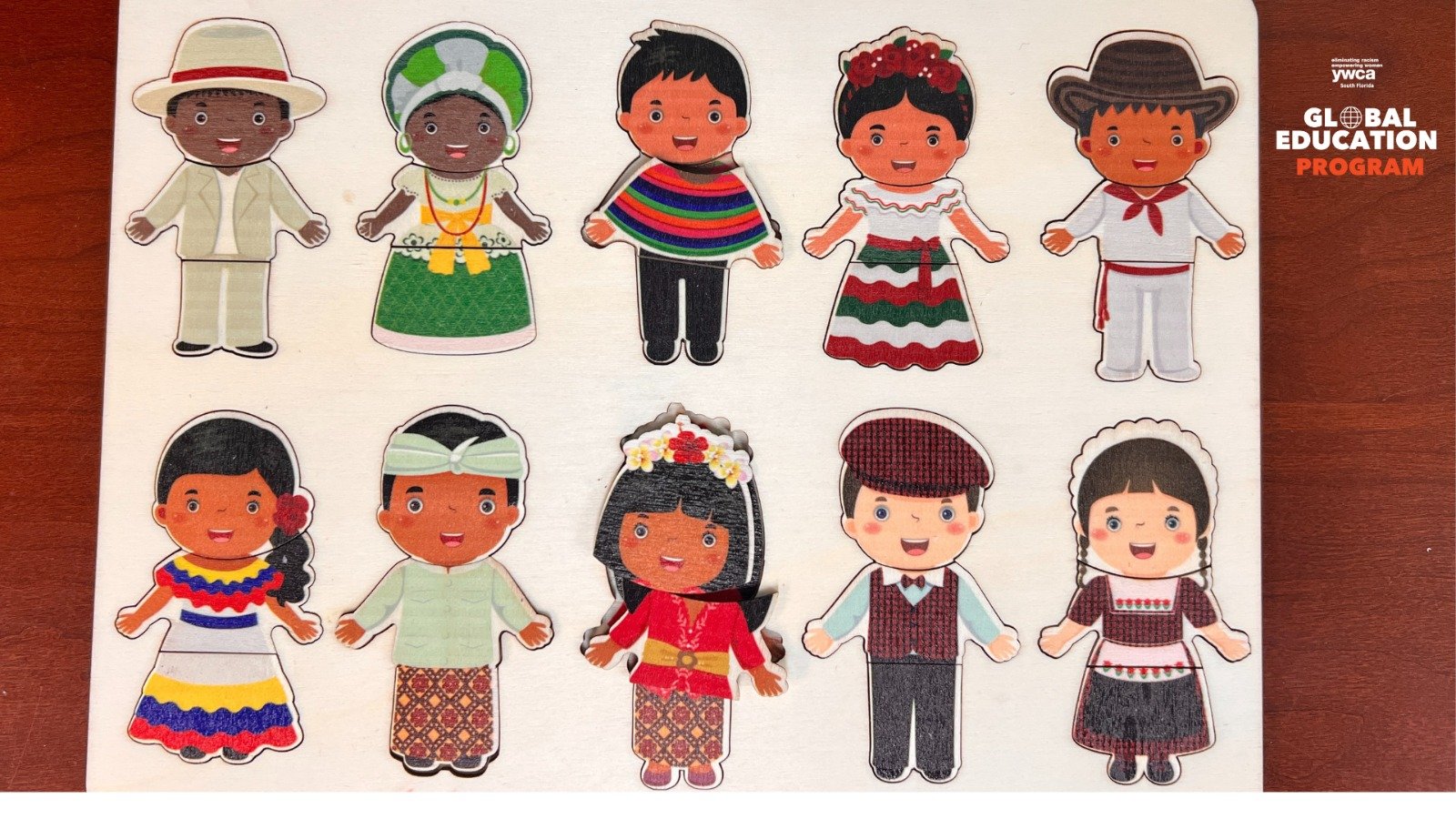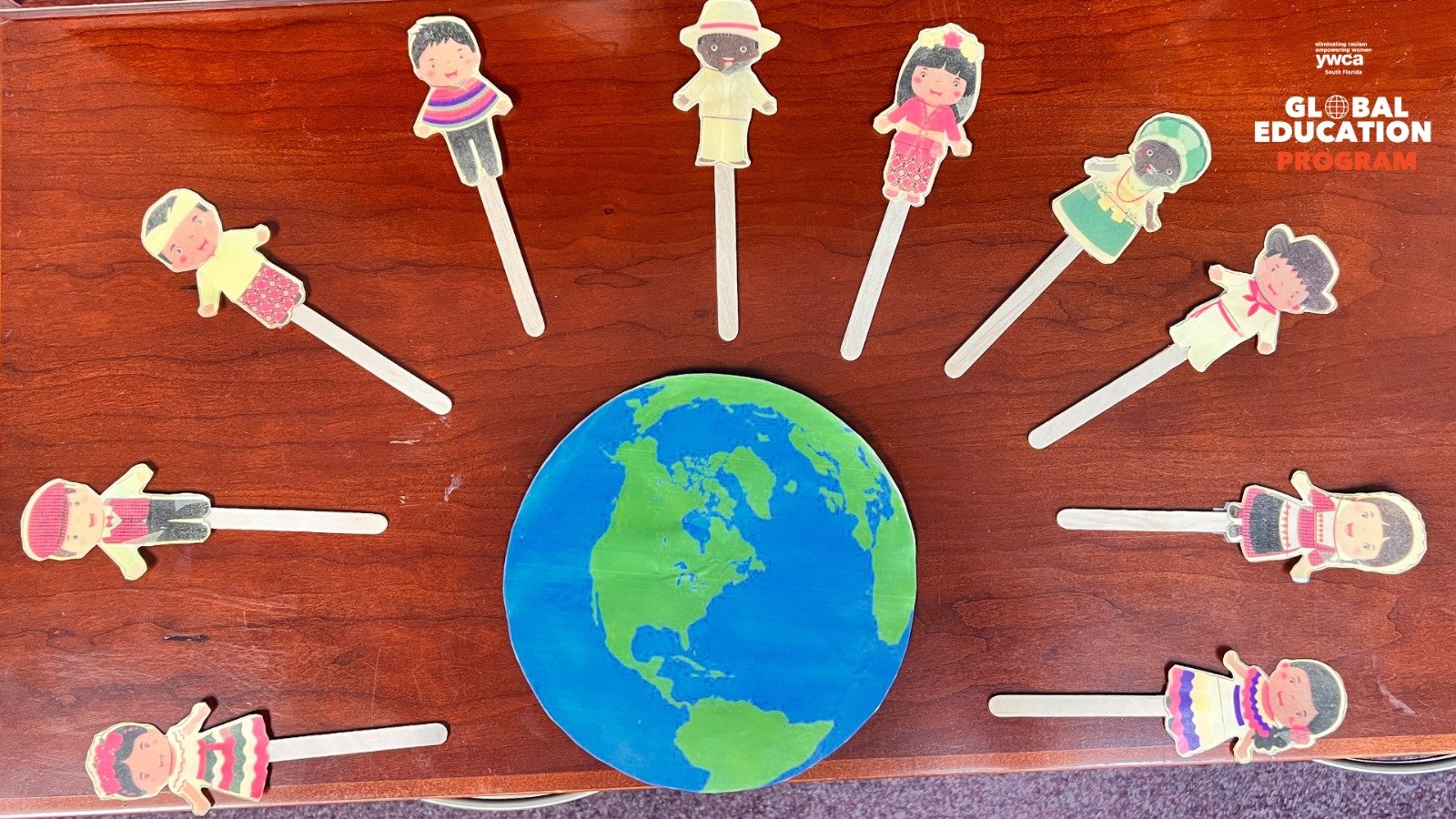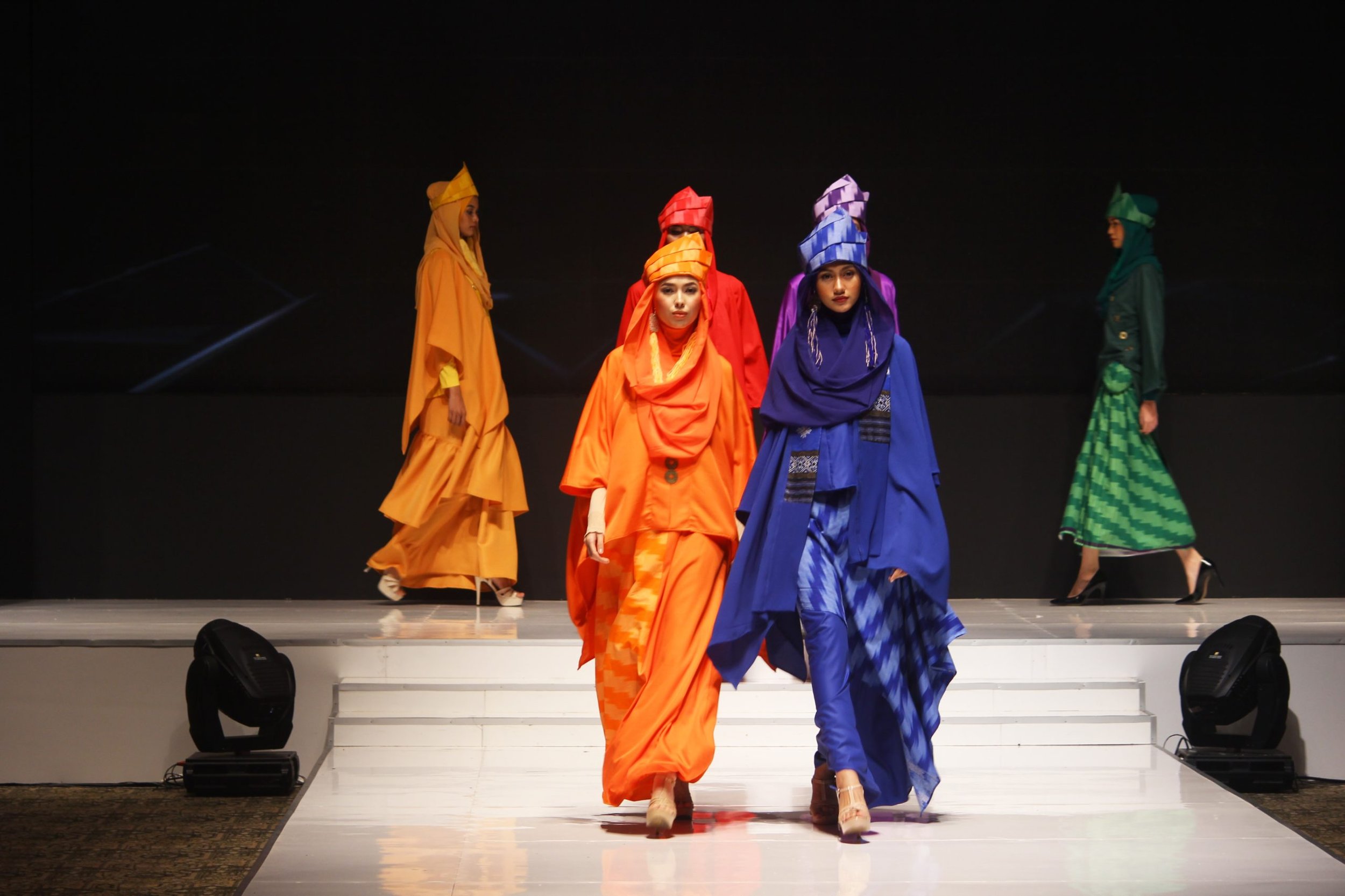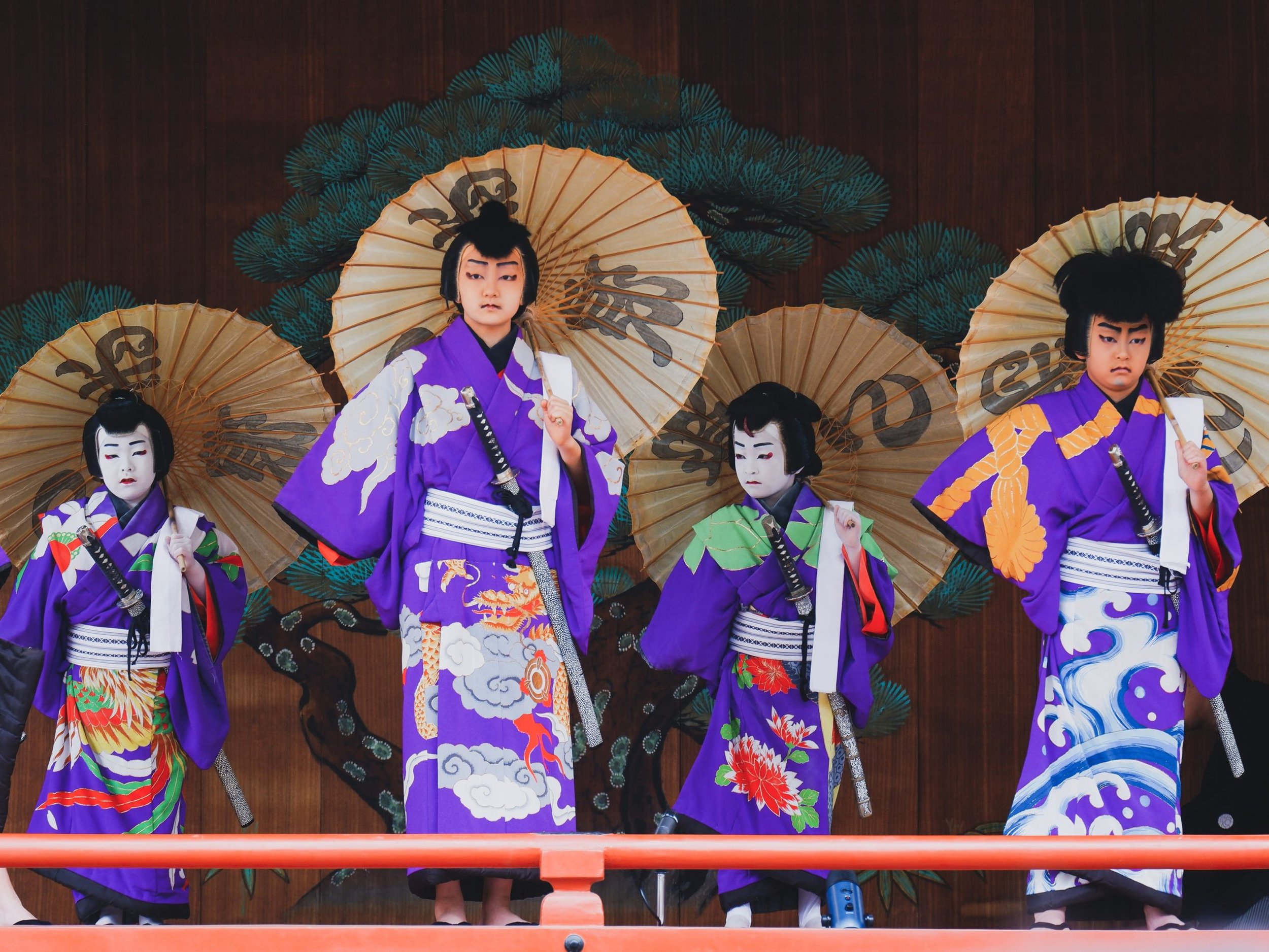How Cultural Clothing Wins an Intrinsic Global Success of Inspiration

Would you fancy wearing traditional clothing for fun once in a while?
Traditional clothing refers to garments worn in specific places and times, serving as a reflection of the history and culture of a particular group. These outfits are intricately linked to unique designs, styles, materials and construction methods, which in turn mirror the customs, values and identity of that group. People wear traditional clothing during cultural celebrations, ceremonies, festivals and even in their daily lives to pay homage to and preserve their heritage. These garments are often passed down through generations and are available in various styles, including folk costumes and more.Examples of traditional clothing worn around the world are exotic and rich in history and cultural pride. For instance, Kimonos from Japan symbolize politeness and good manners. Additionally, women in India wear the saree as a symbol of pride in their nation and culture. People in Asia honor the Shúkà, a garment worn by Tanzanian warriors to showcase their fierceness. Similarly, there is the Kilt, a knee-length skirt worn by those of Gaelic heritage, which is now a cherished Scottish tradition.

For generations, clothing has been employed to categorize individuals into various social groups. In contemporary times, people occasionally choose high-end brand clothing. What if these brands could also focus on effectively spreading the message of cultural clothing, its significance and its beauty?In a world characterized by fast fashion, traditional clothing no longer wields the same influence it once did when our grandparents donned these garments. Nowadays, fashion seems to draw inspiration from uniformity and imitation. But what about paying homage to our countries, families and cherished traditions? What about recognizing the dedication of our ancestors in preserving our identity throughout time? There's something inherently timeless and enchanting about the intricate tapestry of traditional clothing. These garments are more than simple threads and fabrics; they represent living artifacts of culture, history and identity.

Several factors contribute to a noticeable decline in the appreciation of traditional clothing compared to the past, including the rapid pace of changing fashion trends, which often lean towards Western styles. Moreover, the increasing trend of globalization, with more people traveling abroad for study, work and leisure, has made practical international attire like jeans, t-shirts, suits and dresses more prevalent.Urbanization has played a significant role as well, with people increasingly relocating to large cities, leaving behind small communities and towns where traditional attire may have been more popular. Additionally, younger generations may not hold the same fascination for cultural garments as their elders did. This could be attributed to their exposure to social media, which heavily promotes modern international fashion, and the limited opportunities to wear traditional outfits in their daily lives.

So, how about creating more opportunities to embrace traditional clothing? Typically, these garments are reserved for special occasions, traditional events or family gatherings. As such occasions become increasingly infrequent in today's fast-paced world, global citizens may find a growing need to create or engage in institutional, communal and family-related events that promote the wearing of cultural attire with pride.For example, we could introduce a 'Global Cultural Clothing Day' at work or school, involving our community, family and neighbors in events or celebrations centered around the theme of traditional clothing from various countries. Moreover, educating our children about the significance of international attire could be a valuable step. Additionally, supporting local clothing makers who draw inspiration from cultural elements and trends can help create a more diverse and inclusive wardrobe, featuring a wide array of traditional outfits and clothing items.
In the flicker of candlelight, and the aroma of marigolds, a profound connection comes to life???It's the Day of the Dead, where the past & present converge, weaving a story of love and remembrance.Together, let's celebrate Mexico’s #LivingHeritage: https://t.co/ulvqVzuTr2 pic.twitter.com/2zecwwRSay
— UNESCO ?? #Education #Sciences #Culture ?? (@UNESCO) October 31, 2023
In the fashion world, it's fascinating to learn that many of our favorite clothes and items have origins in various countries with interesting tales. Different cultures came together, and that's how pieces like jeans, corsets, ponchos and more gained popularity. Fashion has evolved significantly over time to become what it is today. So, where do you think fashion will head in the next century? We look forward to seeing more one-of-a-kind garments that are inspired by cultural heritage and a sense of belonging to diverse communities.Check out these resources:
- https://www.youtube.com/watch?v=4ruJppS1cf8
- https://www.youtube.com/watch?v=ZP_fa31C6Jw
- https://www.youtube.com/watch?v=wBTuF3zjqyI
- https://www.youtube.com/watch?v=TtHAcPOh-Zk
Give your best answers:
- Take the wonder word challenge: https://wonderopolis.org/wonder/why-do-fashions-change-over-time
- Test your knowledge: https://wonderopolis.org/wonder/why-do-fashions-change-over-time
Take action:
- Follow some hashtags on social media that promote culture such as #ywcaonamission, #CulturalAttireShowcase #TraditionalClothingBeauty #OnlineCommunityConnection #HeritagePreservation #FashionAwareness #GlobalDiversity #TraditionalFashionTales #CulturalApparelPride #SharingHeritage #DigitalFashionMingle
- View this website: https://slowfactory.earth/
By Andrea Clavijo
